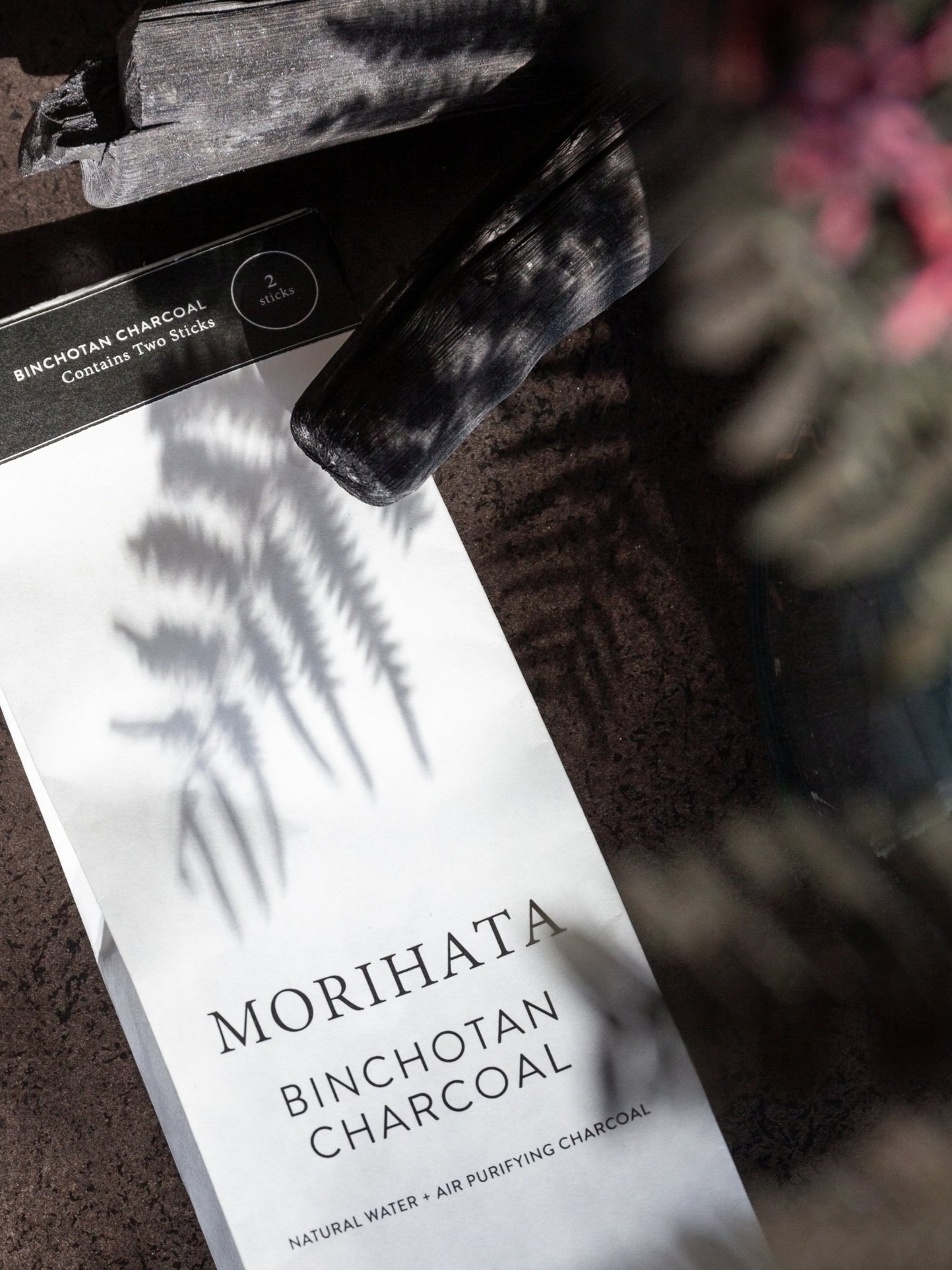Black and Green: Potting Plants with Binchotan Charcoal
To aspiring plant parents and seasoned gardeners alike, it’s no secret that a well-regulated environment is key to keeping a houseplant happy, healthy and thriving. Dispensing the proper amounts of water and sunlight is a start, but how about what’s going on beneath the soil? Too much moisture or too little oxygen can lead to deadly consequences for your green friends: problems like root rot or bacterial growth, which often go unnoticed until the plant is beyond saving.
For peace of mind, horticultural experts recommend a simple safeguard: activated charcoal. Adding this highly porous material to your potting procedure not only brings oxygen to the soil, it also absorbs excess moisture that could threaten the plant’s well-being. Here, we cover how to guard the health of your home greenery using bits of binchotan – a premium activated charcoal sure to keep roots happy.
How to Incorporate Binchotan Charcoal into Your Potted Plants
If starting with Morihata Binchotan Charcoal Sticks, break them into
chunks roughly 1-2” in length, which can be accomplished by simply
striking them against one another. Alternatively, you can use smaller
At the bottom of the pot, arrange a layer of charcoal pieces
approximately 2” deep. For small (4”- 6” diameter) pots, reduce
that depth to half an inch. This will ensure proper drainage, which
is especially crucial for pots and planters without a drainage hole.
Add several inches of soil, and you’re ready to pot your plant!
Note: Mineral build-up may occur in the soil as the charcoal layer becomes saturated. Be sure to re-pot your plant annually, fully replacing the substrate each time.


